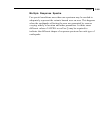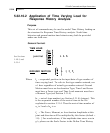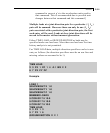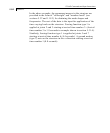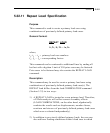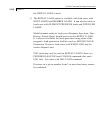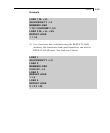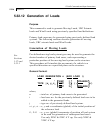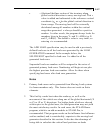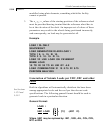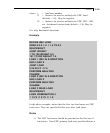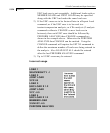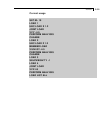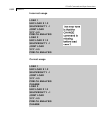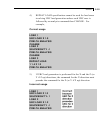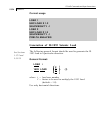
Section 5
5-317
r = (Optional) defines section of the structure along
global vertical direction to carry moving load. This r
value is added and subtracted to the reference vertical
coordinate (y
1
or z
1
)in the global vertical direction to
form a range. The moving load will be externally
distributed among all members within the vertical
range thus generated. r always should be a positive
number. In other words, the program always looks for
members lying in the range Y
1
and Y
1
+ABS(r) or Z
1
and Z
1
+ABS(r). The default r value is very small, so
entering r is recommended.
The ADD LOAD specification may be used to add a previously
defined load case to all the load cases generated by the LOAD
GENERATION command. In the example below, the
SELFWEIGHT specified in load case 1 is added to all the
generated load cases.
Sequential load case numbers will be assigned to the series of
generated primary load cases. Numbering will begin at one plus
the highest previous load case number. Allow for these when
specifying load cases after load case generation.
Notes
1. Primary load cases can be generated from Moving Load systems
for frame members only. This feature does not work on finite
elements.
2. This facility works best when the roadway, as well as the
movement of the vehicle are along one of the global horizontal (X
or Z) or (X or Y) directions. For bridge decks which are skewed
with respect to the global axes, the load generation may not yield
the most satisfactory results. In such cases, the STAAD.Beava
program, which is an add-on module to STAAD.Pro, is
recommended. That program works on the influence line/influence
surface method, and is considerably superior to the moving load
generator described in this section. It also has the advantage of
being able to calculate the critical load positions on decks



